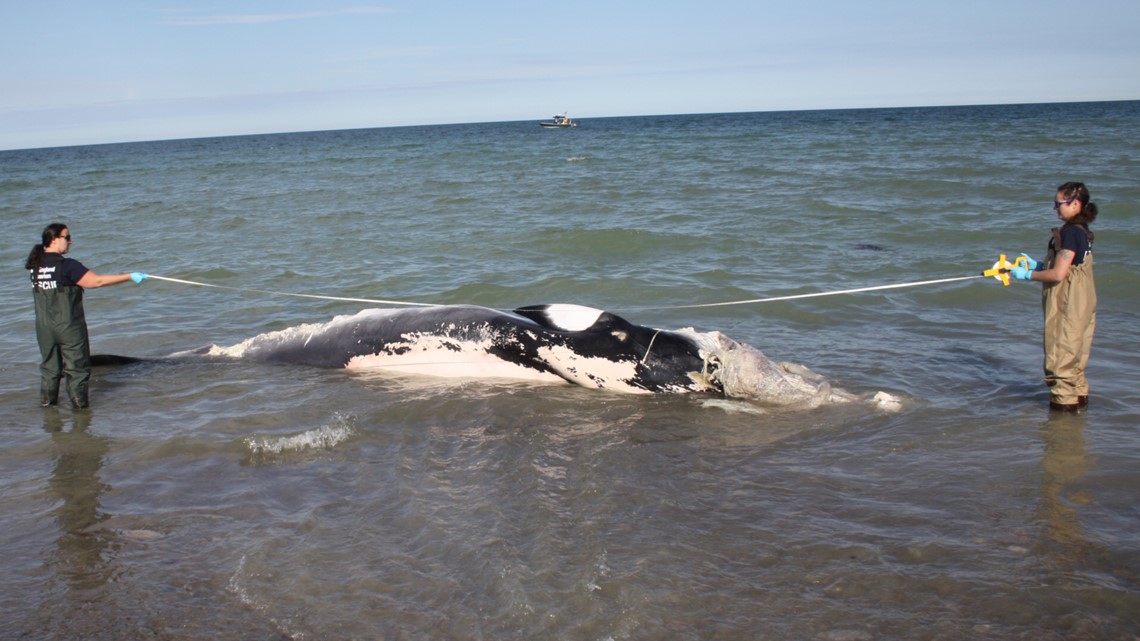I appreciate your opinion, but once again, I'll bring up the point that the wind industry has been permitted to kill the following:I love whales as much as the next guy. I also love my fish finder, snow in the winter and the current shoreline configurations. This article, while sounding scientific, is nothing more than one man's guesswork. I don't see that it adds much to the conversation.
The author, who I am quite sure is not a marine biologist or whale anatomy expert, has not introduced any evidence other than coincidence. However, it seems that local whale and dolphin deaths have recently gone down from what they were just a few months ago, so what does that mean?
His assertions are also peppered with weasel words like "likely" and "potentially": "These sales must have generated a lot of activity, likely including potentially damaging sonar"
This is another way of saying that he has no idea when the sonic mapping started or whether the sonar is actually damaging or merely annoying to the whales.
"There are lots of ways this sonar blasting might cause whales to die." Or might not. Again, he has no idea.
"Simply fleeing the incredible noise could cause ship strikes or fish gear entanglements, the two leading causes of whale deaths."
The Nature article posted above suggests that the excessive noise does cause the whales to leave an area. But so what? Whales have tales. If the noise bothers them, I would expect them to leave. Later on, the author discusses how migratory these whales are. They are always moving. How this proves ship strikes and entanglements is beyond me.
"Or the whales could be deafened, increasing their chances of being struck by a ship later on." Or maybe they are not deafened. Pure speculation.
"Direct bleeding injury, like getting their ears damaged, is another known risk, possibly leading to death from infection. " Again, no proof of causation, just guessing. Have any of the dead whales been found to have burst eardrums?
My guess is loss of cold water krill and increased bunker inshore has led the whales closer to shore and closer to shipping and fishing areas - hence, the huge increase in whale watching Youtubes and TicToks
Why would they issue these permits allowing the killing of what is listed above? I read that article before posting it, and your observations are correct. But at what point does the obvious no longer become a coincidence? Does common sense ever enter the conversation?
The North Atlantic right whale is one of the most endangered large whale species in the world, with only around 300 individuals remaining. They are listed as endangered under the Endangered Species Act and the Marine Mammal Protection Act and are protected from harm, harassment, and killing.
Under the Endangered Species Act (ESA), it is illegal to harm, harass, or kill any endangered or threatened species without a permit. The National Oceanic and Atmospheric Administration (NOAA) issues permits for incidental take, which is the unintentional harming or killing of a protected species that occurs during otherwise lawful activities, such as commercial fishing or construction. The permit is only issued if the activity's benefits outweigh the potential harm to the species.
We can't even walk a beach with piping plovers on it, yet they're building a cement pole city directly in the path of an endangered species.
I guess someone decided that the benefits of wind energy outweigh the killing of these majestic creatures.






